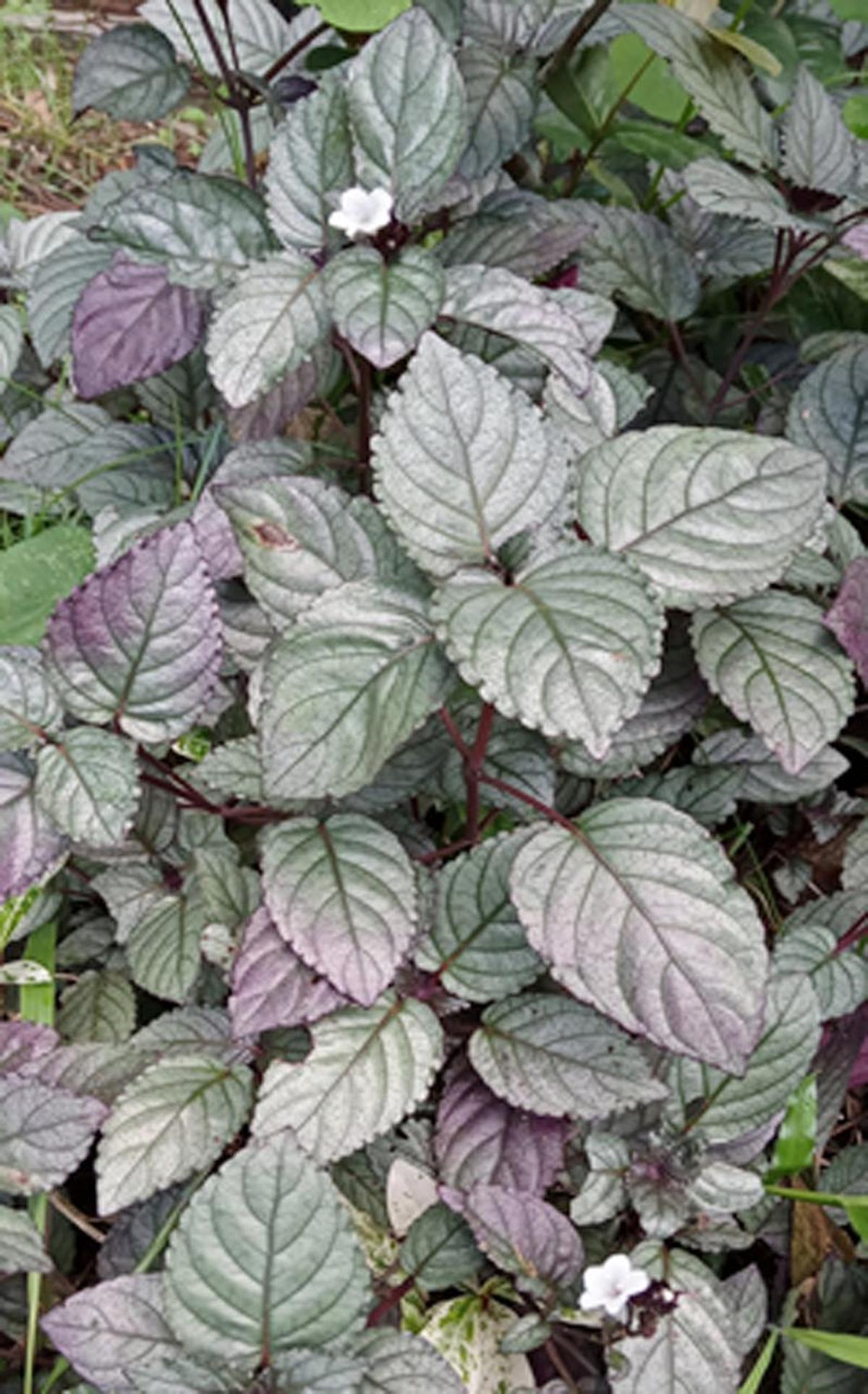Context
Researchers at the Jawaharlal Nehru Tropical Botanic Garden & Research Institute (JNTBGRI), Palode, Kerala have developed an innovative multifunctional wound-healing pad using extracts from the red ivy plant (Strobilanthes alternata), locally called murikooti pacha. This development combines traditional plant knowledge with modern nanotechnology and is being hailed as a significant breakthrough in affordable healthcare solutions.
About the Plant and Molecule:
- Strobilanthes alternata (Red Ivy) belongs to the Acanthaceae family. Strobilanthes species are also known for their unique mass flowering phenomenon, such as the Neelakurinji that blooms once in 12 years in the Western Ghats.
- It grows abundantly in tropical regions, including India, and has long been used in folk medicine for treating cuts and wounds.
- The research team identified and isolated acteoside, a natural bioactive compound, from this plant. Acteoside is already known for its pharmacological properties such as antioxidant, anti-inflammatory, and antimicrobial effects.
- This is the first time acteoside has been directly linked to red ivy, opening new possibilities for plant-based wound management.
Key Features of the Wound-Healing Pad:
The pad is designed as a multi-layered structure combining plant-derived molecules with engineered biomaterials:
1. Electro-spun Nanofibre Layer
o Made from biodegradable and non-toxic polymers.
o Contains acteoside (effective at low concentration of 0.2%) and neomycin sulfate (an antibiotic).
o Facilitates optimal gas exchange, preventing microbial growth and expediting healing.
2. Super Absorbent Sponge Layer
o Composed of sodium alginate, a naturally occurring polysaccharide.
o Absorbs wound secretions (exudate) efficiently.
3. Activated Carbon Layer
o Controls and neutralises odour, particularly from chronic wounds.
Together, these layers provide a comprehensive healing environment – preventing infection, promoting tissue repair, and ensuring comfort. Animal trials have shown that the pad accelerates healing of excision wounds.
- Safety tests confirm no risks of genotoxicity, hypersensitivity, skin irritation, or inflammation.
Significance of the Innovation:
- Currently, no multifunctional wound dressing of this kind is available in India.
- The components used (polymers, sodium alginate, activated carbon) are affordable and easily available, making large-scale production cost-effective.
- The product represents a fusion of indigenous knowledge and advanced biotechnology, supporting both public health and domestic innovation ecosystems.
Conclusion:
The development of a red ivy-based wound-healing pad marks a significant stride in affordable and accessible healthcare technology. It bridges traditional medicinal knowledge with cutting-edge nanoscience, while meeting global safety standards. Such innovations not only enhance India’s scientific capabilities but also contribute to the self-reliance agenda in biomedical research and indigenous technology development.







